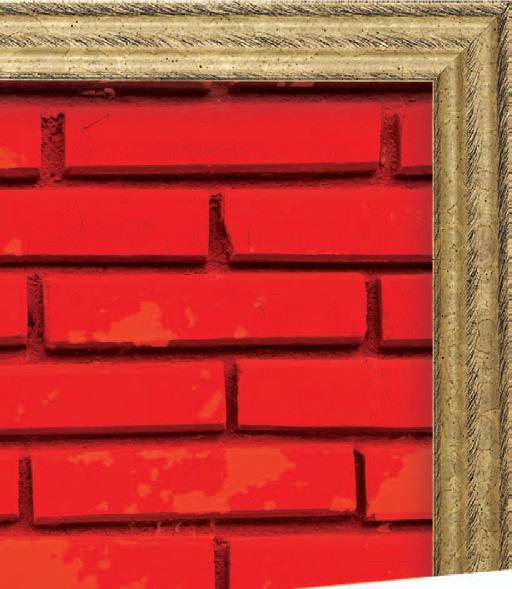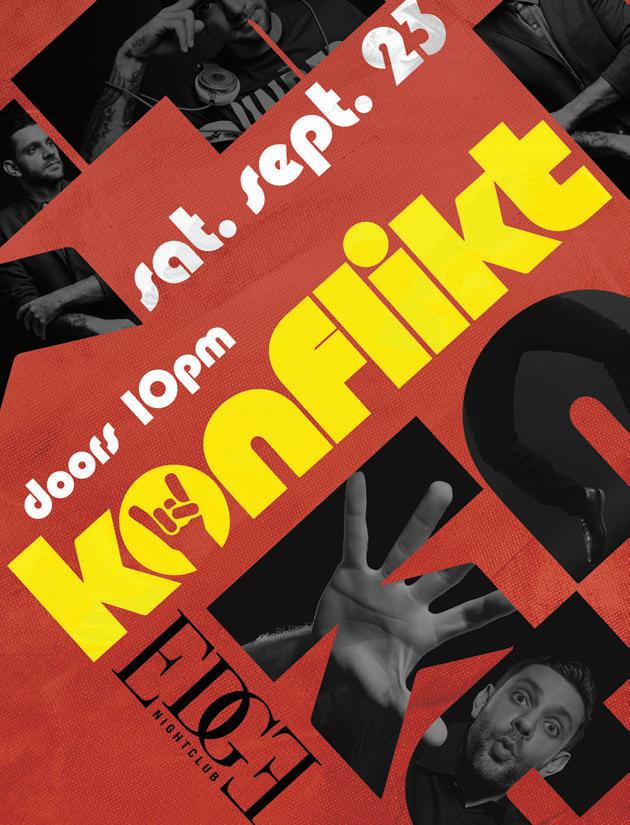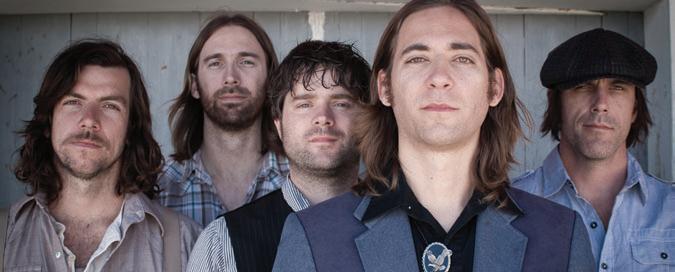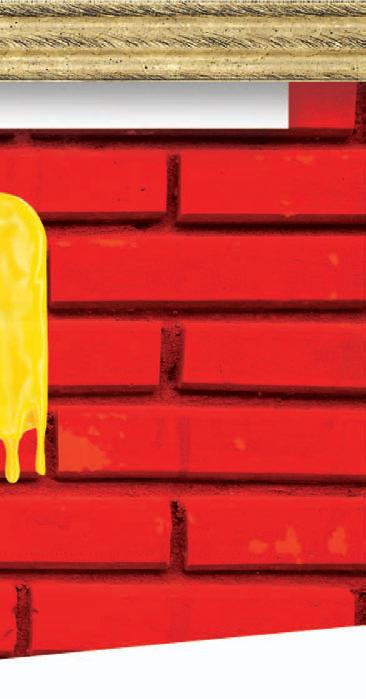
8 minute read
arts&culturE
from Sept. 21, 2017
by kriS Vagner | krisv@newsreview.com
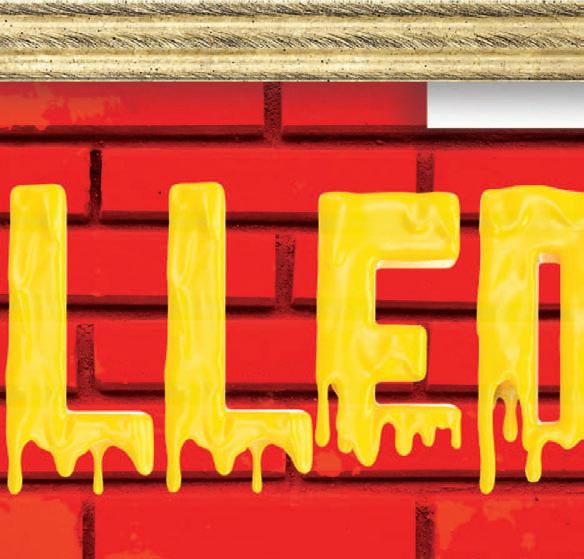
Advertisement
in
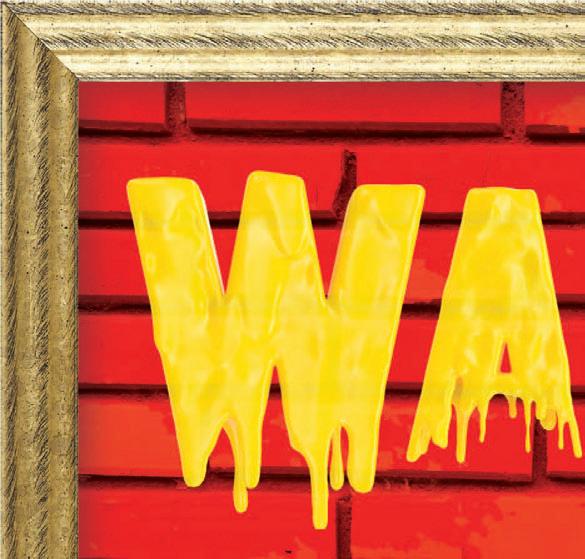
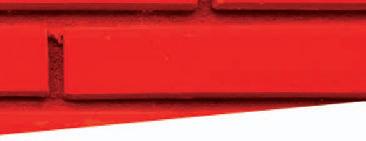
a graFFiti Piece by the britiSh artiSt bankSy iS touring the great indoorS—and it’S coming to reno

ost art is so private,” said art collector Brian Greif—rhymes with “knife”—in a phone interview. He lives in San Francisco and trades in pop and surrealist work, among other genres. He looks the part—as clean-cut and buttoned-up as a big-city art dealer from Central Casting—but don’t stereotype him just yet. He has a beef with some varieties of art-world exclusivity and a soft spot for artists who work in the most public of venues—the streets.
“If you look at the history of art, artists would go into their studios, do a painting, send them to galleries,” he said. “Most great artists—their artwork was sort of untouchable, in this private or intimidating world.”
With graffiti art, though, he said, “People can make their own judgments just walking down the street.”
Greif used to be a TV station manager in San Francisco. Through that position, he got to know some of the world’s prominent graffiti artists.
One of them is Ben Eine, whose bespectacled face and thoughtful, gritty English voice set the tone in the opening scenes of a 2017 film, Saving Banksy, for which Greif shares the executive producer credit with Columbus, Ohiobased curator Éva Boros.
In the film, Eine is seen in a hoodie and a nitrile gloves, quickly stenciling a grid of smiley faces onto an outdoor wall. Sirens wail in the distance, underscoring the illegality of his actions. Then, Eine addresses the camera with a semi-anxious tone. “We paint stuff on the street,” he explains. “That’s where it belongs. It’s for the people. It’s for fun. It’s for adventure. It’s not to turn up in auction.” Immediately, a caption appears: “Their art is now being removed from walls and sold at high-end auctions.” Thus begins a story of Greif attempting to rescue a piece by the secretive British street artist Banksy from being circulated on the market.
San FranciSco dayS In 2010, Banksy went to San Francisco to stencil and spray six pieces in his trademark style—ever clever, graphically restrained, politically brazen critiques of capitalism and authority, in which rats sometimes play the roles of humans. He left pieces in Alcatraz, Fisherman’s Wharf, SOMA, North Beach, Mission and Haight-Ashbury, painting fast and planning smartly to not get caught. To make one piece, Banksy’s team backed a moving truck up to a wall and staged what looked like a delivery, placing a mattress on each side of the truck for privacy.
Many San Franciscans found these new, unofficial works endearing. Not to mention, they came with the credibility of having been made by the world’s most famous graffiti artist. Banksy pieces worldwide have been removed from city walls and sold by dealers in the $500,000 range. His street pieces are presumably not intended to be traded—though Banksy does not show his face or speak publicly, so we couldn’t ask him. He never even spoke with Greif during the making of the film defending his work. He does make paintings on canvas intended for sale in galleries, and those have sold for up to $1.7 million.
Despite his acclaim, the longevity of Banksy’s San Francisco works was in no way guaranteed. In a May 2010 article, KQED arts reporter Sandra Silvoy wrote, “The City’s graffiti removal ordinance requires property owners to remove graffiti within 30 days or pay $500 for the City to remove it for them.”
Silvoy wondered, “[W]ould the SF graffiti task force dare to buff Banksy?”
To officials, the matter remained black and white. City Supervisor London Breed told Greif’s film crew, “We view artists who paint on property without permission as vandals. They’re breaking the law.”
Painting For numberS One of the San Francisco Banksy pieces, which has become known as “Haight Street Rat,” was painted on the side of The Red Victorian, the historic hotel. It depicts a rat with a grave expression, wearing a mixedmetaphor hat—a backward baseball cap that bears a strong resemblance to Che Guevara’s revolutionary-red-star beret. The rat holds a wide-tipped marker with both hands and looks into the distance, having just scrawled in red caps, “THIS IS WHERE I DRAW THE LINE.”
The building owner intended to paint over the piece. Greif offered to purchase it from her, remove it from the building and repair the wall. He wanted the piece to be kept in the public eye. Negotiations dragged on. Costs escalated. Greif says in the film, about a neighboring property owner, “We need access to the roof of his building to get the scaffolding up to take the rat down, and he’s found out who Banksy is now, and he wants $5,000 for access to his roof.”
In the film, Greif comes off as the guy you’d want to hire for Hollywood-style
“Haight Street Rat” was originally painted on the exterior of The Red Victorian hotel in San Francisco and is now on a tour of non-commercial galleries and libraries.
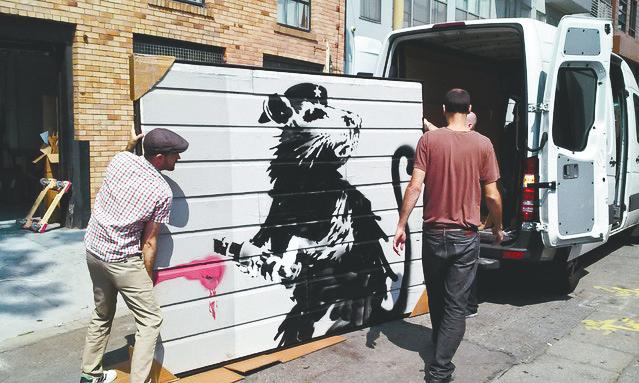
most recently, a library in Kokomo, Indiana. Former Sierra Arts director Annie Zucker happened to contact Greif at the right time to request a stop in Reno betwen the Kokomo appearance and the next scheduled destination, Toronto. “Annie, by stroke of luck, looking in her daily internet searches, found that it was out there and just got up the gusto and emailed this man,” said Tracey Oliver, who recently became executive director. Greif said the piece weighs 550 pounds. “It’s a nightmare to move,” he said. “I always warn people, it will not go through a single door. It has to be double doors.” There’s been a near miss getting the piece There’s been a near miss getting the piece hostage negotiations. He doesn’t break a sweat. into one venue, and there’s speculation that into one venue, and there’s speculation that Over the phone, though, he said, “It was very the Reno installation could be challenging. stressful. I don’t know if it comes through in “The door is 63 inches, and the piece is the movie. There were lots of sleepless night, 63 inches,” said Zucker. The installation lots of concerns.” team is prepared for the possibility of having
Fifty-three days and $40,000 later, Greif to remove the door. and a team of workers carefully removed a Greif said that a collector who owns a section of the Red Vic’s redwood clapboards. Banksy piece on a concrete wall that was
Greif offered to donate “Haight Street Rat” harvested from the streets contacted him to the San Francisco Museum of Modern Art. to say that after watching Saving Banksy, Curators declined, citing a need to have the he felt badly about keeping that piece in painting authenticated by the artist himself. a private collection. He offered to have it Banksy claimed responsibility on his website, tour with “Haight Street Rat,” but it weighs however, he does not authenticate his street over two tons. The idea of hauling it around pieces. Greif, who has heard from Banksy on struck Greif as untenable. occasion indirectly through Ben Eine, gave As far as Greif knows, this is the only two reasons: If Banksy did agree to verify the piece by Banksy that’s circulating but not piece, it would lead to more of his pieces being available for sale—though there is a Banksy stolen and traded, and also he’d be confessing piece in Toronto that was removed from a to vandalism. subway station, encased in bullet-proof glass
The film presents a range of voices— and reinstalled in its original location. including those of artists, collectors, cheerlead- After Sierra Arts, “Haight Street Rat” ers and passersby—and thoughtfully critiques is slated for two venues in Canada, two in the divide between gallery art and street art. Florida, and possibly one in Detroit. And in It raises—and honestly acknowledges the the long run? complexity of—this question: Does ascribing “It’s interesting, because since the a monetary value to work that was supposed to movie’s been out on Netfilx I have gotten be seen for free lend it legitimacy—or does it museums that have circled back and asked spell defeat and irrelevance? some more questions and that kind of thing,” Greif said. “I think it’s a matter of time On tOur before a museum steps up and says, ‘We Greif received offers for “Haight Street want it.’” Ω Rat” from collectors in the $500,000 range. He refused to sell it. After storing it in his closet for two years, he decided to take it on tour. He lends it to venues that can pay for shipping, insurance and installation. It’s been shown in over a dozen places so far, including the U.S. Bank Tower in Los Angeles, a mural festival in Nashville and,

“We paint stuff On the street. that’s Where it belOngs. it’s fOr the peOple. it’s fOr fun. it’s fOr adventure. it’s nOt tO turn up inauctiOn.” ben eine, artist Banksy’s “Haight Street Rat” will be on exhibit at Sierra Arts, 17 S. Virginia St., through Oct. 17. A reception and Q&A with art collector and film producer Brian Greif is scheduled for 6-8 p.m. Sept. 26.
